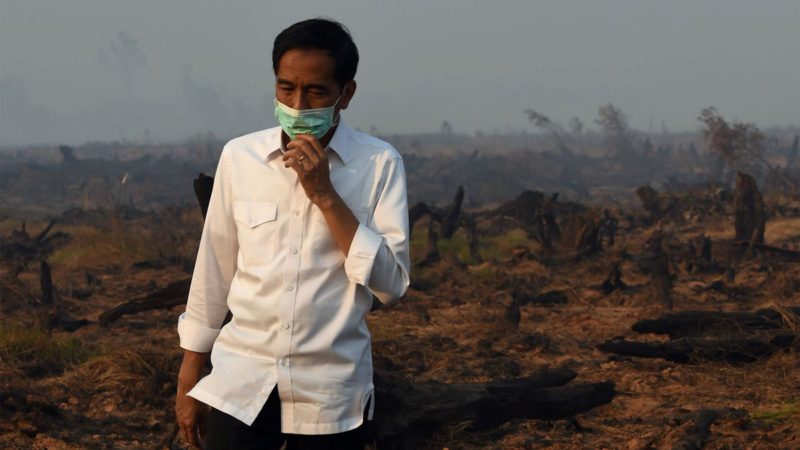A new global initiative, launched on Wednesday, November 16 2016, at the UN climate meeting in Marrakech, aims to reduce global greenhouse gas emissions and save thousands of lives by protecting peatlands – the world’s largest terrestrial organic soil carbon stock.

The Global Peatlands Initiative (GPI) will mobilise governments, international organisations and academia in a targeted effort to protect peatlands, which contain almost 100 times more carbon than tropical forests.
Peat consists of partially decayed plant material, which has accumulated under water-logged conditions over long periods of time. Peatlands can be found on every continent and are regionally known as peat swamp forests, fens, bogs or mires.
According to scientists, greenhouse gas emissions from drained and burning peatlands account for up to five per cent of anthropogenic carbon emissions. According to them, these emissions are rising due to increasing peat degradation and loss from agriculture and fires, and driving the world closer to a dangerous tipping point.
The GPI notes that rising temperatures can cause a chain reaction in which thawing permafrost switches boreal and Arctic peatlands from carbon sinks to sources, emitting huge amounts of greenhouse gas. Peat carbon stocks are equivalent to at least 60 per cent of all atmospheric carbon, meaning they hold the potential to send climate change spiraling out of control.
“Even with current pledges under the Paris Agreement, we are heading for a global temperature rise of over three degrees Celsius this century,” said Erik Solheim, head of the United Nations Environment Programme (UNEP). “This will cause misery and chaos for millions of vulnerable people, so we cannot afford to let any opportunity to reduce emissions slip by.
“Taking urgent action through the Global Peatlands Initiative can help us limit climate change. It is critical we do not reach the tipping point that will see peatlands stop sinking carbon and start spewing it into the atmosphere, destroying any hope we have of controlling climate change.”
Despite their importance, peatlands are coming under increased threat, mainly from conversion for palm oil and pulp wood production. Drainage of peatlands can result in environmental problems, most visible being the enormous fires in Indonesia and Russia in recent years.
In Indonesia, the worst days of the peat forest fires resulted in emissions greater than the daily emissions from the entire United States economy. In the Nordic and Baltic states, drained peatlands are responsible for 25 per cent of all emissions.
The impacts of peatland degradation go beyond emissions. Recent studies have suggested that the 2015 Indonesian peat fires affected 43 million people, indirectly killed up to 100,000 people through the toxic haze, and led to US$ 16.1 billion in overall economic damage (twice the value of the Aceh Tsunami Reconstruction).
The GPI, led by UNEP with support from over a dozen partners, is believed to be the largest collaborative effort on peat so far. It aims to increase the conservation, restoration and sustainable management of peatlands in countries with significant peat deposits, delivering benefits for agriculture, biodiversity and the climate.
The founding members of the Global Peatlands Initiative are the governments of Indonesia, Peru, the Republic of Congo, UNEP, FAO, Joint Research Centre of the EC, CIFOR, Wetlands International, UNEP-WCMC, GRID-Arendal, Ramsar Convention on Wetlands, European Space Agency, WRI, Greifswald Mire Centre and SarVision/Sateligence.
